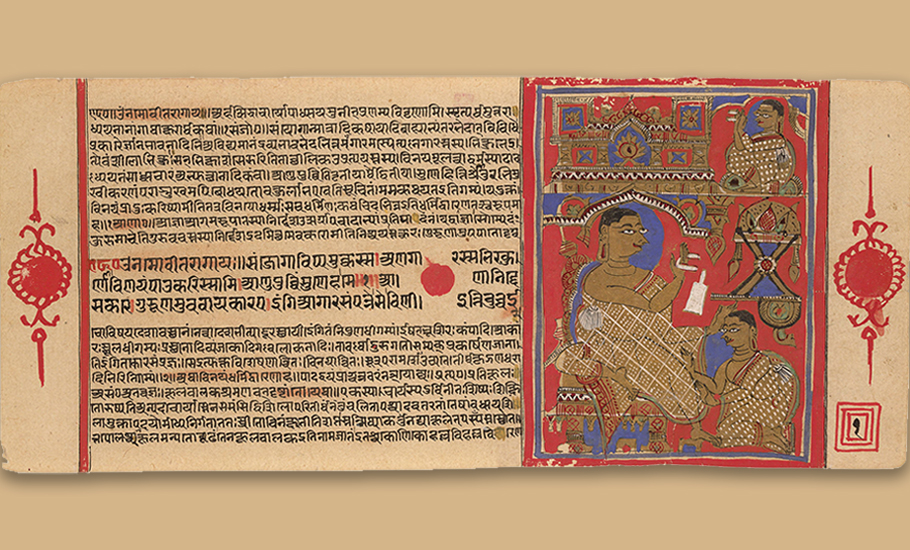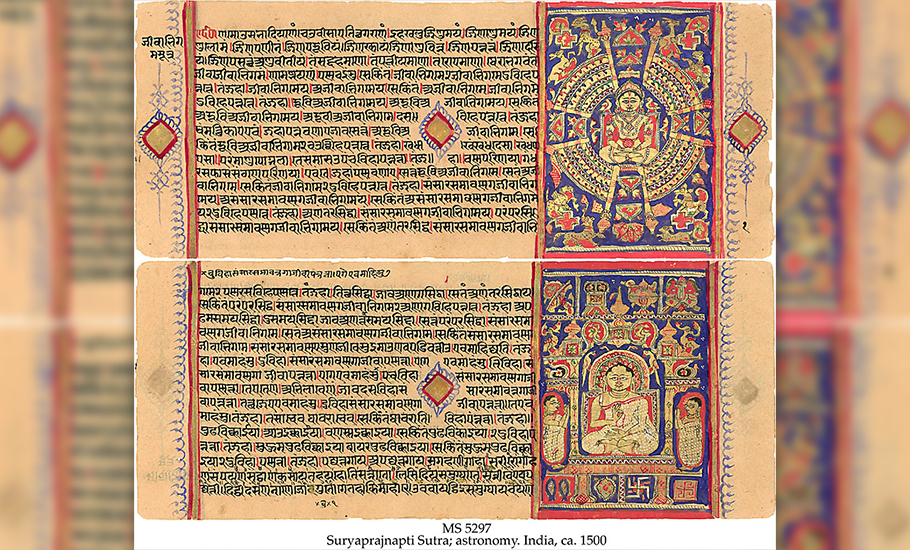
- Home
- India
- World
- Premium
- THE FEDERAL SPECIAL
- Analysis
- States
- Perspective
- Videos
- Sports
- Education
- Entertainment
- Elections
- Features
- Health
- Business
- Series
- In memoriam: Sheikh Mujibur Rahman
- Bishnoi's Men
- NEET TANGLE
- Economy Series
- Earth Day
- Kashmir’s Frozen Turbulence
- India@75
- The legend of Ramjanmabhoomi
- Liberalisation@30
- How to tame a dragon
- Celebrating biodiversity
- Farm Matters
- 50 days of solitude
- Bringing Migrants Home
- Budget 2020
- Jharkhand Votes
- The Federal Investigates
- The Federal Impact
- Vanishing Sand
- Gandhi @ 150
- Andhra Today
- Field report
- Operation Gulmarg
- Pandemic @1 Mn in India
- The Federal Year-End
- The Zero Year
- Science
- Brand studio
- Newsletter
- Elections 2024
- Events
- Home
- IndiaIndia
- World
- Analysis
- StatesStates
- PerspectivePerspective
- VideosVideos
- Sports
- Education
- Entertainment
- ElectionsElections
- Features
- Health
- BusinessBusiness
- Premium
- Loading...
Premium - Events

How Prakrit lost out to Sanskrit and was reduced to an unspoken language

“A language is not just words. It’s a culture, a tradition, a unification of a community, a whole history that creates what a community is. It’s all embodied in a language,” said renowned linguist Noam Chomsky. The development of a language indeed depends on the cultural and social progress of a society or a group. We may have therefore risked omitting a whole culture and its...
“A language is not just words. It’s a culture, a tradition, a unification of a community, a whole history that creates what a community is. It’s all embodied in a language,” said renowned linguist Noam Chomsky. The development of a language indeed depends on the cultural and social progress of a society or a group.
We may have therefore risked omitting a whole culture and its traditions by not according Prakrit its due. Even after flourishing for more than 1,000 years as an independent language, and possessing a considerable body of literature, Prakrit is largely discussed in relation to Sanskrit and seldom commands an identity of its own.
UNESCO’s ‘The World Atlas of Languages’ says there are 8,324 languages (spoken and signed) around the world, documented by governments, public institutions and academic communities, with approximately 7,000 still in use. While languages like English and Mandarin are widely spoken, some languages died due to lack of speakers. Prakrit is one of those languages.
Prakrits, a group of Indo-Aryan languages, were spoken in South Asia between 300 BCE and 1000 CE. Scholars feel that knowledge of Prakrit is important to understand the history of Indian languages as well as to learn Indian philosophies. Many Jain and Buddhist literatures were written in Prakrit. While people of the Vedic period used Sanskrit, the Buddhists preferred using Pali. However, Jains ascetics like Mahavira, the 24th and last Tirthankara of Jainism, used Prakrit to communicate with people. Scholars believe that Prakrit enjoyed a great reputation during the time of the Mauryan emperor Ashoka (304- 232 BCE).
While some linguists believe that Prakrit is older than Sanskrit, others argue that Sanskrit is older than Prakrit. There are differences of opinion among scholars about this. The word Prakrit means ‘original’, ‘natural’, ‘normal’ and it has been used in this sense in the Vedic literature and also in Patanjali’s Mahabhasya, according to Jagadish Chandra Jain, author of History and Development of Prakrit Literature. “Prakrit bhasha indicates the common or ordinary speech of the common people. The word literally means ‘non-artificial’ which is different from the literary or ceremonial language that was thought to be artificial,” he writes.

Prakrit is not a spoken language anymore. However, it is an important source in many ways, according to scholars. “If you look at the evolution of languages, you will know that some of today’s languages belonging to the Indo-Aryan group have derived from Prakrit,” Abhijeet Alagoudar, a member of the faculty in the Department of Studies in Jainology and Prakrits, University of Mysore, tells The Federal. The language produced many works, mainly prose and poetry, despite being the language of the common people, he said.
Prakrit languages, according to Alagoudar, are still a medium to understand the ancient knowledge available. “We are not able to decipher the signs and symbols found in the Indus Valley Civilization because there is no existing source available to decipher them. We have lost that language. Many ancient scriptures are in Prakrit. So learning Prakrit is essential to understand those scriptures in detail. Since it is no longer a spoken language, it is high time we preserved it for understanding our ancient system of knowledge,” he said.
A language is a system of communication which consists of a set of sounds and written symbols which are used by the people of a particular country or region for talking or writing. The Prakrit languages, classed as Middle Indo-Aryan, were spoken in South Asia between about 300 BCE and 1000 CE. Scholars like Asko Parpola opined that the Prakrit languages then changed into early forms of the new or modern Indo-Aryan languages, which include Hindi, Punjabi, Bengali, Marathi and many other South Asian languages spoken today. The name Indo-Aryan, according to Parpola, was given in order to distinguish all of these languages from the Aryan languages spoken outside South Asia.
What is the difference between a ‘language’ and a ‘dialect’?
“A language is a dialect with an army and a navy,” according to Max Weinreich, a Yiddish linguist. A language is bigger than a dialect and it’s the standard form. Dialects are regional, and subsets of languages. Dialects have mutual intelligibility while languages do not have this. Abhijeet said a dialect is the earlier form of a language and it becomes a formal language later only. “The nature and notion of the language can be found in the dialect itself. Prakrit itself was a dialect and Sanskrit and other formal languages have been created by these dialects. If you take the Vedic Sanskrit, you can see a lot of Prakrit words in it. There are many Prakrit words in ancient Sanskrit as well. It means the nature of the Prakrit language is there in the ancient Sanskrit. And that is how a language progresses. There are linguistic features available in Sanskrit which belong to Prakrit,” he said.
If that’s the case, why is Prakrit reduced to an unspoken language? “Today, we give importance to English and in the course of it, we ignore many regional and native languages of our own. People think if they speak English, they are superior to others. This is what happens in all centuries. People who spoke Sanskrit thought they were superior to others,” he said. Abhijeet said there was a lot of propaganda that Sanskrit was the language of the god and one must speak Sanskrit to retain one’s superiority. “The same system of belief came into existence with the scholarly people too. The scholars also believed in the superiority of Sanskrit. Prakrit is the mother of many languages that we speak today. But the language was ignored only because the scholarly people were not aware of the merit of it,” said Abhijeet. In the case of Prakrit, we need to look at how the language was spoken in folklore during that time.
Why do scholars say that understanding of Sanskrit language is incomplete unless one learns the Prakrit languages? “Sanskrit has a very close relation with Prakrit. If you want to really understand the Sanskrit language, then nature is there in Prakrit. One needs to have knowledge of both the languages. Only then one can understand the scriptures and inscriptions because every word has got a different meaning when it comes to folklore and literature. So it can be understood only if we have knowledge of both the languages,” said Abhijeet, who has BA in Sanskrit and MA in Prakrit.
However, things have changed today. Many universities in north India have separate departments for Prakrit. Ahijeet said though there are no exclusive departments for Prakrit in the universities across south India, there are institutes like the Department of Studies in Jainology and Prakrits of the University of Mysore where the language is being taught in the current context. The Central government, according to him, is trying its best to revive the ancient languages, spoken as well as unspoken.

Though the current regime is interested in reviving the language, won’t they be interested in promoting Prakrit as well?
“There is a serious gap between the scholars of Sanskrit and Prakrit,” said Abhijeet. “Many Prakrit scholars have to learn Sanskrit because most Prakrit grammar texts are in Sanskrit. Almost all Prakrit texts have been translated into Sanskrit. The research scholars think that these Prakrit texts are originally written in Sanskrit so they don’t need to compulsorily learn Prakrit. There is a huge gap between the scholars of Prakrit and Sanskrit due to this,” he added.
Take, for example, Kalidasa’s epic play Raghuvamsa. “At least 70 per cent of the text of Raghuvamsa was in Prakrit. It was later translated into Sanskrit and people then started believing that it was a Sanskrit play. This is not only the case of Raghuvamsa, but also the case of many great literary works originally written in Prakrit,” Abhijeet told The Federal.
